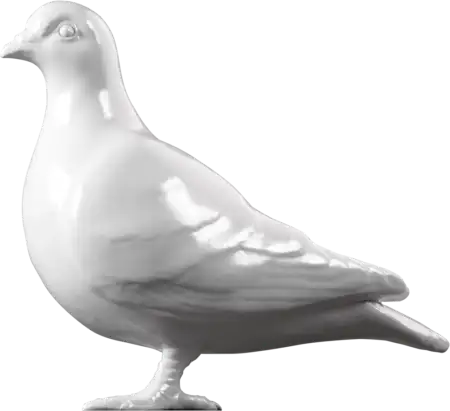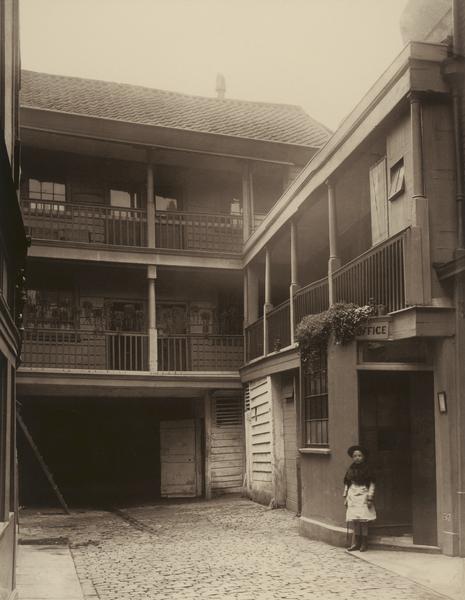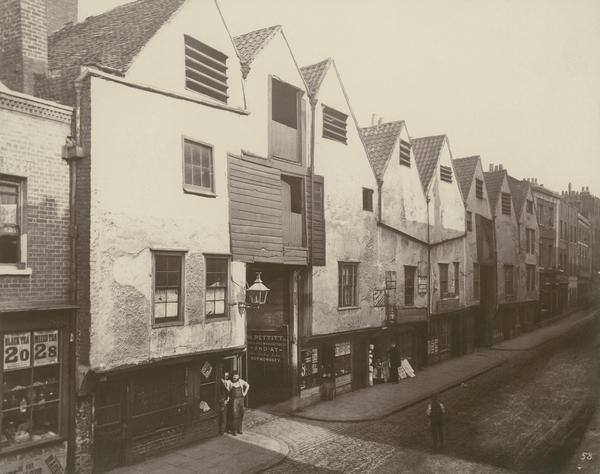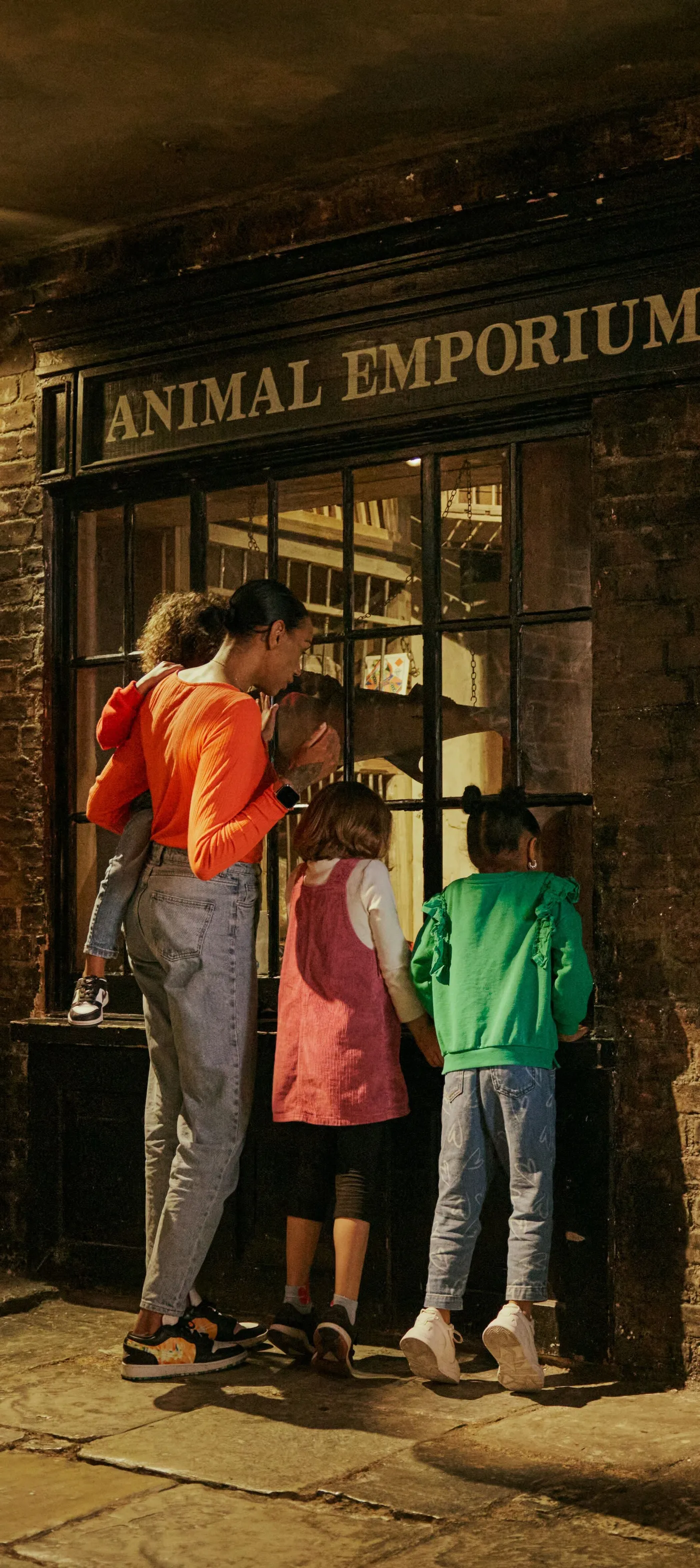The last galleried coaching inns left in London
Coaching inns were once a common sight across London. They provided food, drink and guest rooms in multi-storey buildings with galleries, covered walkways overlooking horse stables in the yard. In the 1800s, travellers started using the new railways over horse-drawn coach travel, and these inns fell into disuse and disrepair. The Society for Photographic Relics of Old London photographed some of the last inns standing. Only one survives today.
Across London
1875–1886

What was the Society for Photographing Relics of Old London?
This was a group of photographers who documented historic buildings under threat of demolition or development, like galleried coaching inns. It was formed by a group of friends who wanted to create a record of the Oxford Arms, near St Paul’s Cathedral. The coaching inn was under threat of demolition when this photo was taken in 1875. It was probably brought down around 1878.

Oxford Arms, City of London, 1875
Coaching inns were used by mail coaches, individuals with their own private coaches and, from the 1600s, people riding public ‘stagecoaches’ from town to town. Horses were kept in stables in the yards. Inns in certain areas of London served the stagecoaches for specific routes across the country. The Oxford Arms was a stop-off point for travellers heading west.

King’s Head Inn, Southwark, 1881
Stagecoaches were a feature of transport in and out of London from at least 1640. But 200 years later, people started using the faster railways over horse and cart. This made coaching inns and their stables redundant. Southwark used to have many inns. Situated to the south of London Bridge, the only river crossing until 1750, the area saw lots of horse-drawn traffic going in and out of the City of London.

White Hart Inn, Southwark, 1881
An inn had existed on this Southwark site since at least the 1400s. The White Hart appears in Charles Dickens’ first novel, The Pickwick Papers, which was published in parts between 1836 and 1837. In it, Mr Pickwick meets his future companion Sam Weller – a hugely popular character who catapulted Dickens to fame. The inn was demolished in 1889, but its name lives on in White Hart Yard, a road near where it once stood.

The Old Bell, Holborn, 1884
The Old Bell survived until 1898. In the 1500s and 1600s – the time of playwright William Shakespeare – some inns hosted plays in their yards. Audiences watched from the courtyard or galleries. Some, like the Boar’s Head in Whitechapel, even had permanent stages. ‘Inn-yard theatre’ influenced the structures of permanent playhouses built at that time.

Queen’s Head Inn, Southwark, 1881
Unusually, the Queen’s Head Inn was still in business when this photo was taken. When coaching inns closed down, the buildings that surrounded the yards would often be taken over by railway companies or converted into warehouses. The Queen’s Head closed in 1895 and became a railway depot.

George Inn, Southwark, 1881
London’s last galleried coaching inn. This inn was built after the Southwark fire of 1676, but the original went back to the 1500s. In the late 1800s, the yard was used as a railway goods office and some of the galleries were boarded up. The National Trust took ownership of it in 1937. It’s now a pub, continuing its centuries-old tradition of providing food, drink and hospitality.







